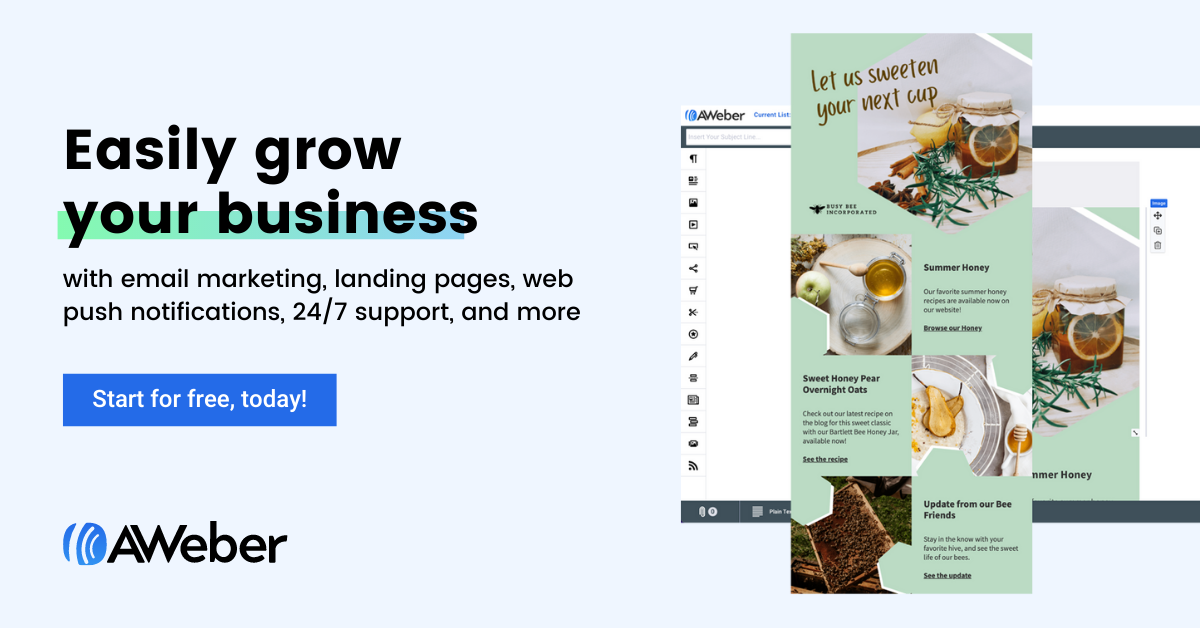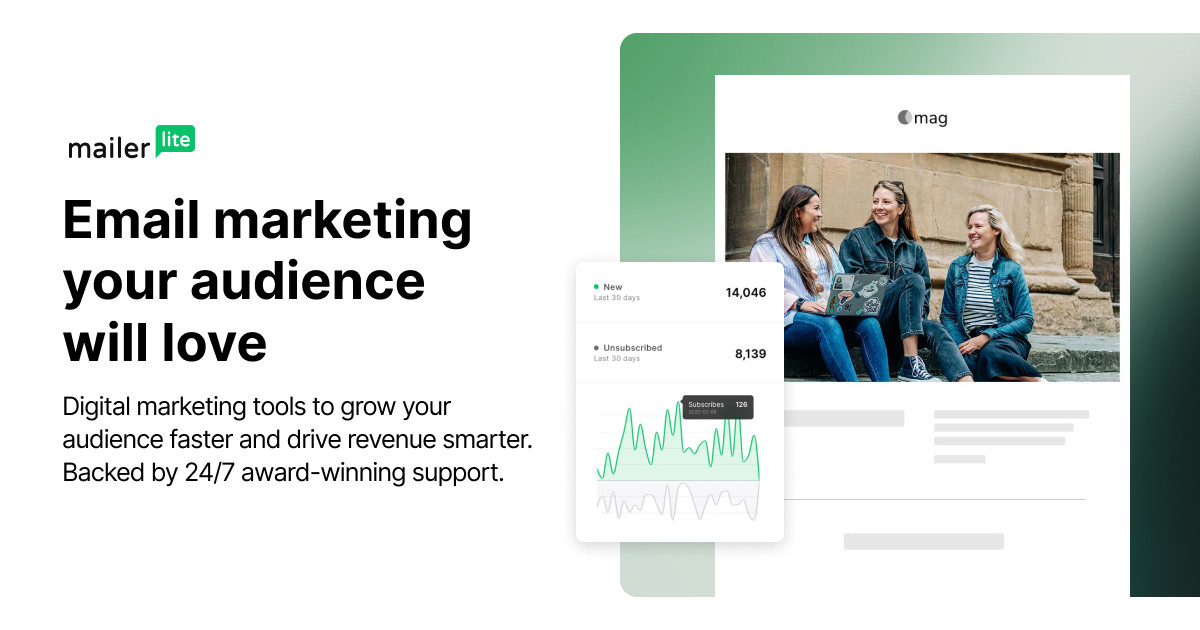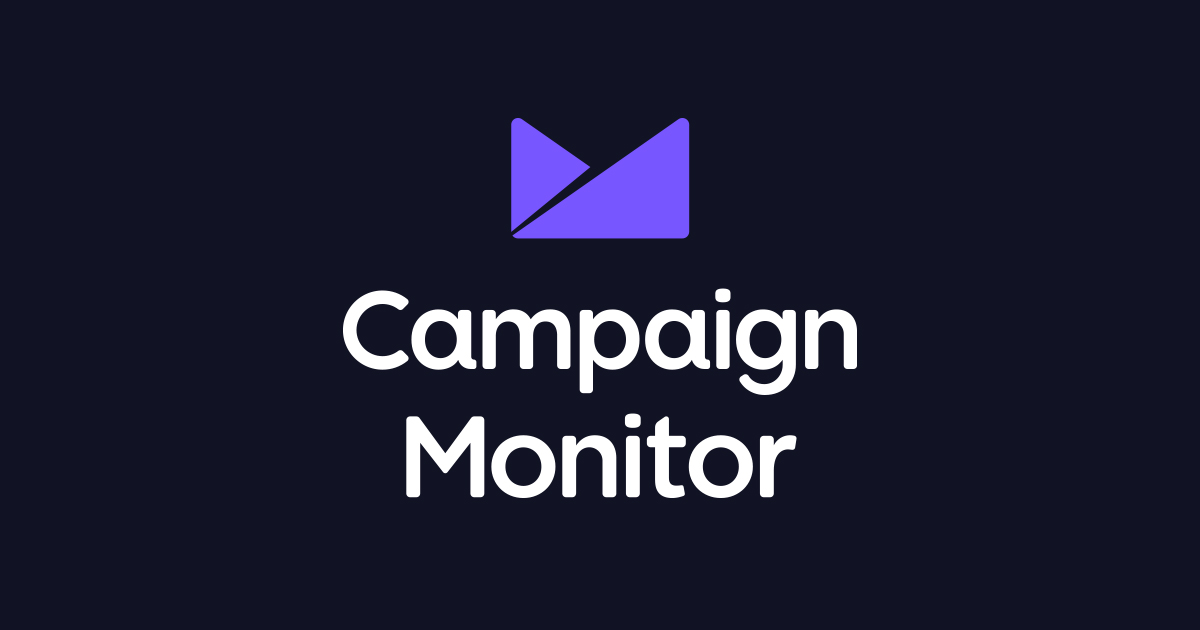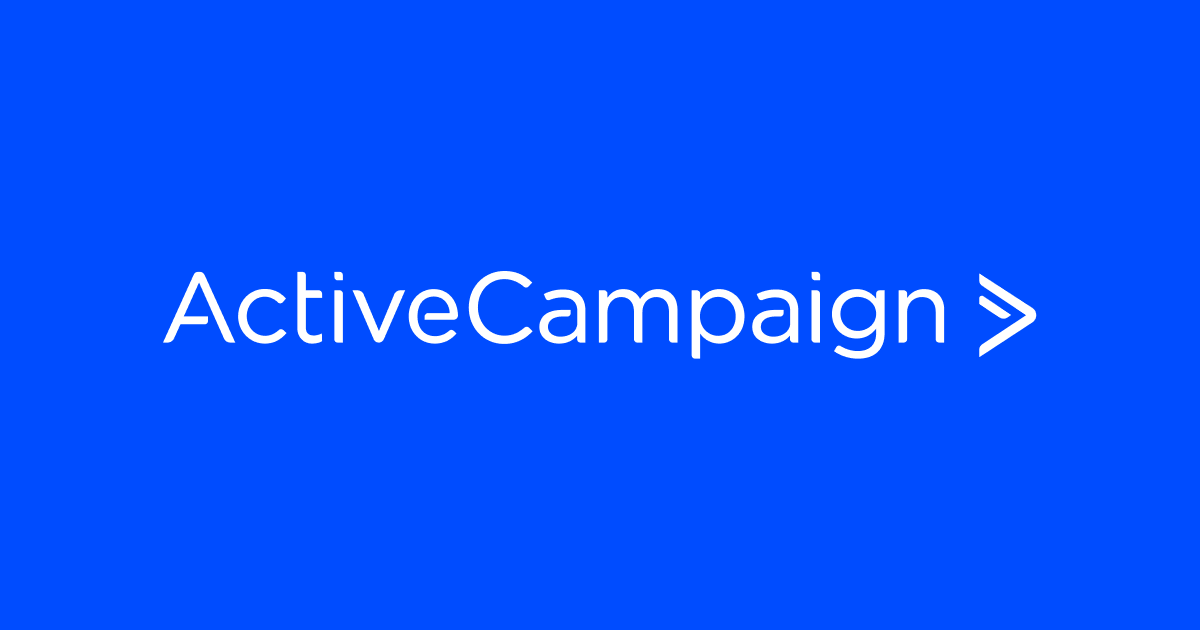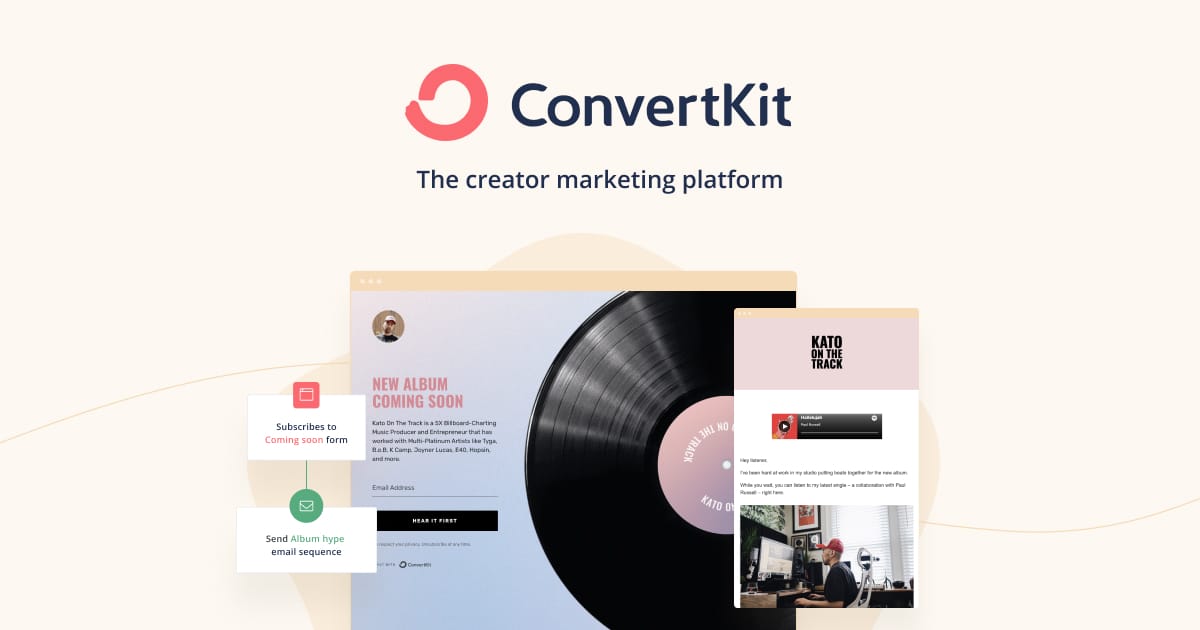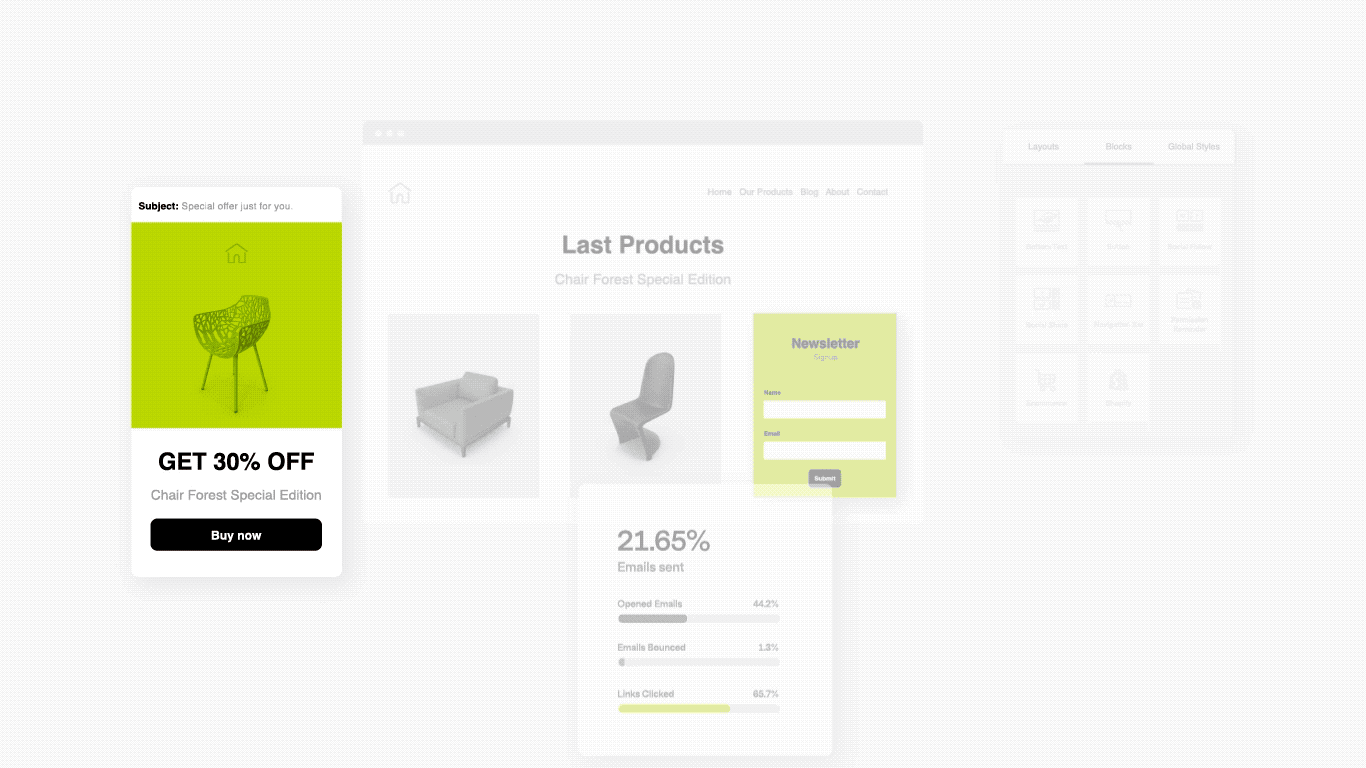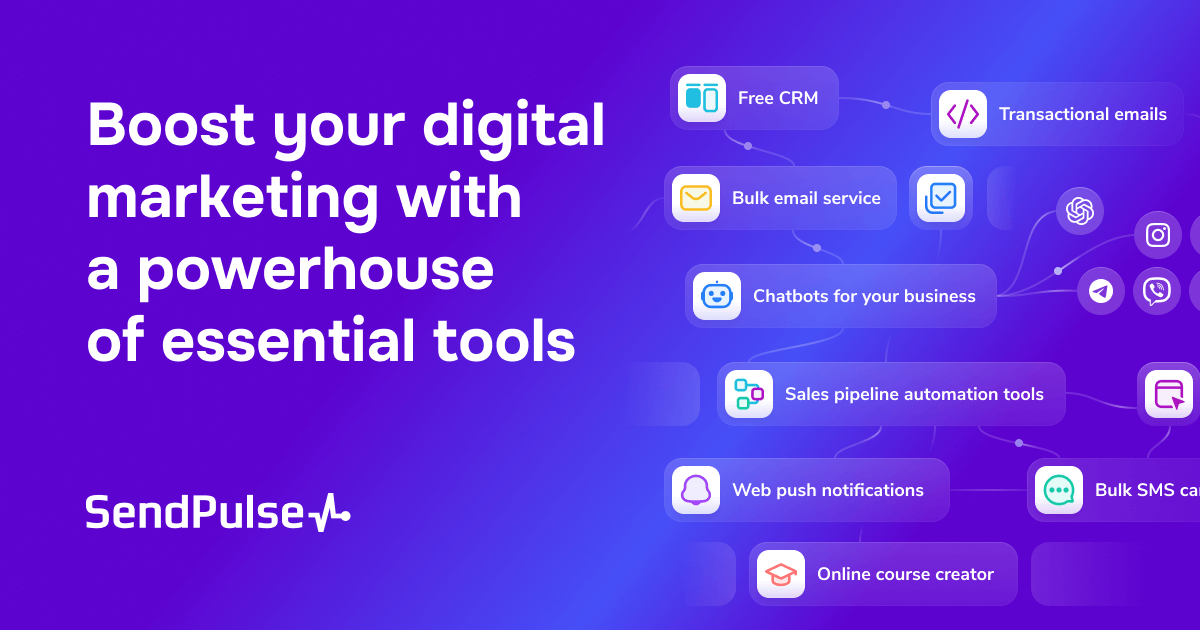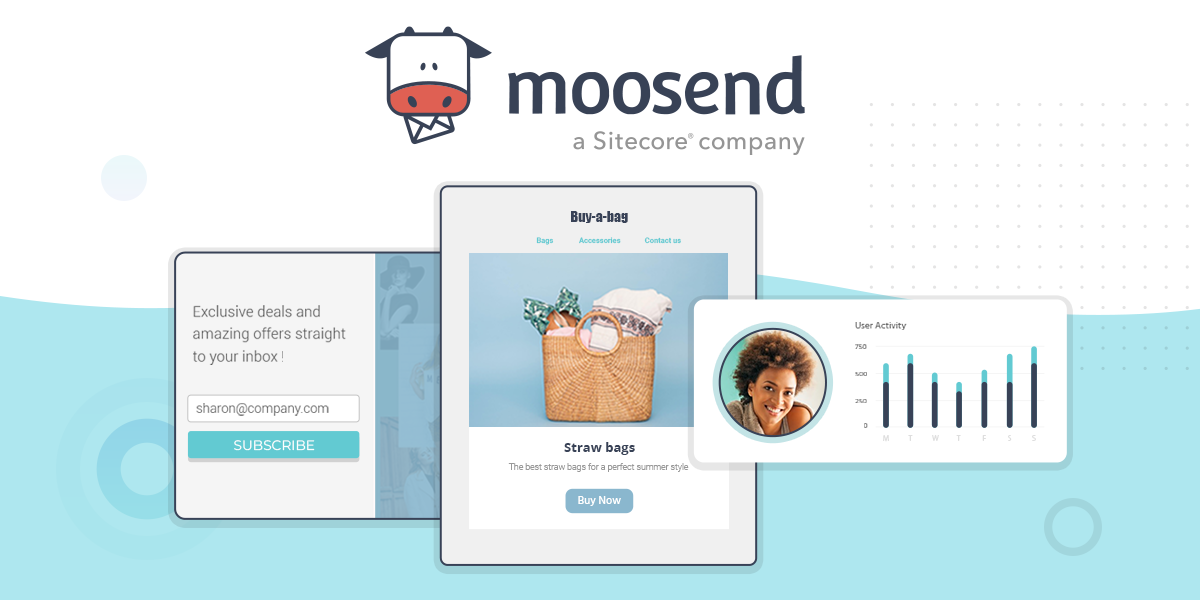Introduction
Email marketing continues to be one of the most effective digital marketing channels for businesses of all sizes. While there are many paid email service providers, it’s also possible to start an email marketing campaign for free. In this post, we will thoroughly evaluate 15 top email marketing software that offer generous free plans. Our goal is to help you choose the right free tool to grow your list and engage subscribers on a budget.
Methods of Evaluation
To rank these email marketing software, we will look at key factors like the functionality included in the free plan, ease of use of their interfaces, quality of design templates, reporting capabilities, list size limits and other restrictions. In addition, we will also check metrics like number of backlinks, average monthly traffic and keyword search trends over the last few years to gauge the popularity and ranking potential of each software. This will help determine the most effective free tools that are also likely to generate good results.
1. MailChimp
MailChimp is a widely popular email marketing platform that offers both free and paid plans. With over 10 million monthly active users, it is one of the most widely used email service providers globally. Founded in 2001 and based in Atlanta, Georgia, MailChimp helps customers of all sizes establish effective email marketing campaigns.
Pros: Some key advantages of MailChimp include:
– Widely used and trusted platform
– Great drag and drop interface for designing responsive emails easily
– Integrates with many popular ecommerce platforms like Shopify
– Lifetime free plan for smaller lists up to 2000 subscribers
Cons: The key disadvantage is that there is a limit of 12,000 emails per month on the free plan. For larger volumes, you will need to upgrade to a paid plan starting at $10 per month.
Pricing: MailChimp offers both free and paid plans. The free ‘Basic’ plan allows up to 2000 subscribers and sending of up to 12,000 emails per month. Paid plans start at $10 per month for the ‘Essential’ plan which supports lists of up to 10000 subscribers and sending of up to 30,000 emails per month.
Some key stats about MailChimp include:
– Over 10 million monthly active users worldwide
– Supports sending up to 12,000 emails per month on the free plan
– Integrates with over 1000 other applications including Shopify, Squarespace, and WordPress
– Lifetime free plan available for up to 2000 subscribers
2. GetResponse
GetResponse is a leading email marketing and automation software. Founded in 1997, it helps over 150,000 businesses connect with their customers via email. GetResponse offers both free and paid plans to suit all types and sizes of businesses.
Pros: Some key advantages of GetResponse include:
– Integrates smoothly with website popups and forms
– AI powered email list growth tools
– Easy drag and drop design editor
– Free plan for up to 1000 subscribers
Cons: The main disadvantage is that the free plan has limited features compared to the paid plans. Some key limitations of the free plan include restricted number of subscribers, sends and forms.
Pricing: GetResponse offers both free and paid plans. The free plan is good for basic uses up to 1000 subscribers. The premium plans start at $15/month (Essentials) and go up to $35/month (Premium) for unlimited features and subscribers.
Some key stats about GetResponse include:
– Over 15 years in business
– Used by over 150,000 businesses worldwide
– Integrates with over 350 shopping carts and CRMs
– Average open rate of 23%
– Average click-through rate of 9.4%
3. AWeber
AWeber has been one of the leading email marketing platforms for over 20 years. They provide both free and paid plans to help businesses and individuals grow through email marketing. Their free plan allows you to collect up to 500 email subscribers and send up to 12,000 emails per month.
Pros: Some of the key advantages of AWeber’s free email marketing plan include:
– Excellent reporting and analytics
– Robust segmentation tools
– Works well for high volume sending
– Free plan has no time limit or commitment required
Cons: The main disadvantage of AWeber’s free plan is that it has a relatively low limit of 500 subscribers. For many businesses, they will outgrow the free plan fairly quickly as their list grows larger.
Pricing: While AWeber’s free plan is very robust, they also offer a range of paid plans starting at $15/month for up to 2,500 subscribers. Plans go up to enterprise level for the largest lists and send volumes.
Some key stats about AWeber’s free plan include:
– Up to 500 email subscribers
– Send up to 12,000 emails per month
– Real-time analytics and reports
– Form building and signup forms
– Campaign templating
– Automatic autoresponders
4. MailerLite
MailerLite is a popular email marketing software that offers both free and paid plans. They provide digital marketing tools to help users grow their audience and drive revenue. Their mission is to help users create email marketing campaigns that their audience will love.
Pros: Some key advantages of MailerLite include:
– Clean and intuitive interface
– Good integration with popular e-commerce platforms like Shopify and WooCommerce
– Powerful segmentation tools to target the right audiences
– Free plan allows up to 500 subscribers
Cons: The main disadvantage is that advanced features like A/B testing are only available on paid plans.
Pricing: MailerLite offers both free and paid plans. The free plan allows up to 500 subscribers. Paid ‘Grow’ plans start at $9.99/month for up to 2,500 subscribers.
Some key stats about MailerLite include:
– Over 175,000+ users worldwide
– Processes over 2 billion emails sent per month
– Available in 35+ languages
– Backed by 24/7 award-winning support
5. Campaign Monitor
Campaign Monitor is a popular email marketing software for both small and large businesses. Founded in 1999 and headquartered in Melbourne, Australia, Campaign Monitor provides tools and services to help businesses and organisations connect with customers and donors through email. With over 25,000 customers globally, Campaign Monitor aims to help its users grow their business through email.
Pros: Some key advantages of Campaign Monitor include:
– Developer friendly via APIs
– Drag and drop builder for simple emails
– Good for large lists and transactional emails
– Free plan for up to 1000 subscribers
Cons: A potential disadvantage is that the free plan has limited functionality compared to the paid plans. For more advanced features, automation and customization, a paid subscription is required. The pricing can also be relatively high for larger volumes of emails sent.
Pricing: Campaign Monitor offers various paid plans starting from $49 per month for the Essentials plan up to an Enterprise plan with custom pricing. The free starter plan allows sending emails to up to 1000 subscribers.
Some key stats about Campaign Monitor include:
– Over 25,000 customers worldwide
– Processes over 30 billion emails annually
– Supports 50+ languages
– 100+ integrations with popular apps like Shopify, WordPress, and Microsoft Dynamics
– Receives over 1 million emails submitted daily
6. ActiveCampaign
ActiveCampaign is an email marketing and CRM software used by over 180,000 businesses worldwide. Founded in 2003, ActiveCampaign has its headquarters in Chicago and offers a fully-featured customer experience automation platform to help businesses build meaningful connections with their customers.
Pros: Some key advantages of ActiveCampaign include:
– Robust CRM features for managing contacts, accounts and opportunities
– User-friendly drag-and-drop editor for designing emails and landing pages
– Excellent analytics for tracking campaign performance
– Automation tools for creating triggered campaigns and workflows
– Scalable platform suitable for both SMBs and large enterprises
Cons: One potential disadvantage is that it may be an overkill for very small businesses with fewer than 500 contacts as it offers more features than they may need. However, it remains very cost-effective even for such businesses.
Pricing: ActiveCampaign offers flexible pricing plans starting from $9/month for the Starter plan up to custom enterprise plans. The pricing is per contact/month. It offers a generous free trial and all plans come with a 30-day money back guarantee.
Some key stats about ActiveCampaign include:
– Over 180,000 businesses use ActiveCampaign worldwide
– Supported in over 50 languages
– Integrates with over 450 applications including Shopify, WordPress, Zapier etc.
– Supports segmentation of contacts to send targeted campaigns
– Automation tools allow creating trigger-based workflows
7. ConvertKit
ConvertKit is an email marketing software created specifically for bloggers and online creators. Founded in 2014, it provides creative and easy-to-use tools to help bloggers and online businesses engage with their audiences through email.
Pros: Some key advantages of using ConvertKit include:
– Beautifully designed email templates that are mobile responsive
– Intuitive drag-and-drop editor makes building emails easy
– Includes landing pages so you can capture leads from your emails
– Helpful support community of other ConvertKit users
– Well suited for bloggers, creators and online businesses
Cons: One potential disadvantage is that the basic plan only allows for 500 subscribers. This may not scale for higher volume email lists.
Pricing: ConvertKit offers 3 pricing tiers:
– Basic ($29/month): Up to 500 subscribers
– Grow ($79/month): Up to 2,500 subscribers
– Thrive ($199/month): Unlimited subscribers
Some key stats about ConvertKit include:
– Used by over 50,000 bloggers and creators worldwide
– Send over 1 billion emails per month
– Have over 100 beautifully designed email templates to choose from
– 95% of users would recommend ConvertKit
8. SendGrid
SendGrid is a leading email delivery platform. As an email service provider, SendGrid offers tools to help users send marketing, transactional, and engagement emails. With over 350 billion emails sent every year, SendGrid is one of the largest email delivery services in the world.
Pros: Some key advantages of SendGrid include:
– Free tier allows sending up to 100 emails per day which is perfect for testing
– Strong focus on transactional and marketing email delivery
– Powerful API makes it easy to integrate email into any application
– Email templates help users design professional looking emails
– Mobile responsive templates optimize emails for small screens
Cons: One potential disadvantage is that the free plan has limitations like only 100 emails per day. For higher volumes, paid plans are required which can increase costs.
Pricing: SendGrid offers several paid plans atop their free tier. Pricing is based on the number of emails sent. The cheapest plan starts at $49/mo for 30,000 emails and goes up to $299/mo for 1 million emails. Extra services like marketing campaigns and custom domains also have additional fees.
Some key stats about SendGrid include:
– Processes over 350 billion emails annually
– Supports over 2 trillion emails sent lifetime
– Provides email delivery to over 186 countries
– Over 550,000 customers globally including Uber, Pinterest, Netflix
Email Delivery, API, Marketing Service | SendGridsendgrid.com
9. MadMimi
MadMimi is an email marketing platform that offers basic features for free forever. Founded in 2005, MadMimi has grown to support over 1 million users. They provide HTML email templates, advanced analytics and integrated tools to help users create and send beautiful responsive emails.
Pros: Some key advantages of MadMimi include:
– Clean and intuitive interface that is easy for beginners to use
– Large selection of responsive email templates to choose from
– Detailed real-time analytics to track opens, clicks and unsubscribes
– Built-in tools for mobile-optimized email design
– Integrated HTML email editor for quick content creation
Cons: The main disadvantage is that as a free plan, there are limitations on the number of emails that can be sent each month (2,000 recipients). Additionally, there is no support for segmented or conditional content.
Pricing: MadMimi offers a free forever plan that includes basic features like 2,000 monthly recipients, 250 MB of storage and 100% delivery rates. For unlimited recipients and additional features, paid plans start at $15/month.
Some key stats about MadMimi include:
– Supports over 1 million users
– Provides 250 MB of storage for the free plan
– Offers over 100 responsive email templates
– Allows real-time tracking of email performance
– Provides integrations with services like MailChimp, ActiveCampaign and Instagram
10. Benchmark
Benchmark is an all-in-one email marketing platform that makes it easy to design, send, and track emails. Founded in 2013, Benchmark now has over 15,000 customers ranging from small businesses to large enterprises.
Pros: Some key advantages of using Benchmark include:
– Drag and drop builder for creating responsive email templates without coding
– Preset responsive email templates for common newsletter and marketing campaign types
– Generous free plan that includes up to 2,000 subscribers and 12,000 emails per month
– Email previews to check how messages will look on various email clients
– Helpful 24/7 support through phone, live chat and email
Cons: One potential disadvantage is that the basic free plan has limited functionality and features compared to the paid plans. For large and complex email marketing needs, a paid plan may be required.
Pricing: Benchmark offers several pricing tiers to suit different business needs and budgets:
– Basic (Free): For up to 2,000 subscribers and 12,000 emails/month
– Premium: Starts at $49/month billed annually for up to 10,000 subscribers
– Professional: Starts at $99/month for unlimited subscribers and features
Some key stats about Benchmark include:
– Over 1 billion emails sent per month
– 15,000+ customers worldwide
– 99.995% deliverability record
– 24/7 support through phone, email and live chat
11. SendPulse
SendPulse is a popular marketing automation platform that offers a free plan. The company provides email, SMS, and chatbot marketing solutions through an easy drag-and-drop interface. SendPulse has over 25,000 clients worldwide across various industries like ecommerce, software, and education.
Pros: Some key advantages of SendPulse include:
– Intuitive drag-and-drop editor for creating responsive emails
– Personalization capabilities to segment lists and send 1:1 messages
– Robust analytics to track email delivers, opens, clicks, and conversions
– Mobile-responsive design ensures great display across devices
– Integrations with CRM, helpdesks, and ecommerce platforms
Cons: One potential drawback is that the free plan has certain limitations such as max 1,000 subscribers, 3,000 emails/month, and support for 1 email list. Upgrade is required for advanced features and unlimited usage.
Pricing: SendPulse offers three paid plans on top of the free Starter plan. Pricing starts from $15/month for the Essentials plan (5,000 subscribers, 10,000 emails/month) and goes up to $99/month for the Professional plan (unlimited usage).
Some key stats about SendPulse include:
– Over 25,000 clients globally
– Integrations with 45+ apps including Shopify, WooCommerce, Odoo
– Supports 12+ languages
– Launched in 2013
– Headquarters in Vilnius, Lithuania
12. Drip
Drip is an email marketing automation software that helps brands understand their customers and drive revenue through personalized emails, popups and workflows. Founded in 2013, Drip provides solutions for organizations of all sizes to build long-term customer relationships through automated and integrated marketing.
Pros: Some key advantages of Drip include:
– Powerful email marketing automation capabilities to trigger emails based on user behavior and actions
– Intuitive drag-and-drop workflow builder to create multi-step automations and journeys
– User-friendly interface that does not require coding knowledge
– Integrates seamlessly with various CRMs and apps used by modern businesses
– Robust reporting and analytics to measure campaign performance
Cons: The key disadvantage is that it only offers basic CRM functionality compared to dedicated CRM platforms. Additional modules need to be purchased for more advanced CRM features like contact management and sales pipeline tracking.
Pricing: Drip offers 3 tier pricing plans – Active ($49/month), Growth ($99/month) and Advance ($249/month). Additional users can be added for $12/month each. It offers a generous free plan for up to 1000 subscribers.
Some key stats about Drip include:
– Used by over 50,000 customers globally including large brands like Gusto, Canva, and Eventbrite
– Average subscriber base for Drip customers is 20,000
– Integrates with over 100 apps including Shopify, Hubspot, and Zendesk
– Named a Leader in the G2 Winter 2023 Email Marketing Software Report
13. iContact
iContact is a leading email marketing software used by over 100,000 customers worldwide. Founded in 1998, iContact provides an easy to use platform for businesses and organizations to design, send and track professional email marketing campaigns. With iContact, users can create eye-catching emails using their drag and drop email editor and leverage hundreds of professionally designed email templates.
Pros: Some key advantages of using iContact include:
– Excellent email design templates
– Robust reporting tools to analyze campaign performance
– Intuitive drag and drop editor for non-tech savvy users
– Easy to manage subscriber lists and contact databases
– Good option for small and medium sized businesses
Cons: A potential disadvantage is that iContact is not the most affordable option for extremely small businesses on a tight budget. Their basic plan starts at $15/month which may be too high for some solopreneurs and very small businesses.
Pricing: Icontact offers three main plans:
– Startup: $15/month – Best for solopreneurs and very small businesses
– Essentials: $35/month – Recommended for small businesses
– Professional: $65/month – Best for medium and larger businesses
Some key stats about iContact include:
– Over 100,000 customers globally
– Send over 5 billion emails each month
– 13+ years in business
– 94% average open rate for emails sent through the platform
– Winners of numerous industry awards
14. MailPoet
MailPoet is a leading email marketing plugin for WordPress that allows users to easily create and send newsletters and automated emails. With over 300,000 active sites using MailPoet, it is the trusted newsletter plugin for WordPress.
Pros: Some key advantages of MailPoet include: – Free version is excellent for basic email newsletters – Easy to set up and integrate with WordPress sites – Allows customized automated welcome/onboarding emails – Generous free hosting limits for the free version
Cons: A potential disadvantage is that some advanced automation and reporting features are only available for paid plans
Pricing: MailPoet offers both free and paid plans. The free Basic plan provides unlimited subscribers and basic newsletter/automation functionality. Paid Professional plans start at $49/year and unlock advanced features.
Some key stats about MailPoet include: – 300,000+ active sites currently use MailPoet – Supports sending newsletters to unlimited subscribers – Integrates directly with WordPress and allows automated emails for new users/comments/etc. – Available in 30+ languages
15. Moosend
Moosend is an email marketing software that allows users to design, send and track responsive emails. Founded in 2012, Moosend aims to provide an affordable and easy-to-use email marketing platform for growing businesses. With integrations for social media and automation tools, Moosend allows marketing teams to streamline their outreach.
Pros: Some key advantages of Moosend include:
– Custom email signatures for every sender
– Drag-and-drop builder for designing responsive emails
– Automated reminders and follow up emails
– Social media integration for Facebook, Twitter, LinkedIn
– Beginner friendly interface that is easy to use
Cons: A potential downside is that the free plan has limited functionality compared to the paid plans. Advanced features like A/B testing, detailed reporting and more than 2,000 subscribers require an upgraded paid subscription.
Pricing: Moosend offers three pricing tiers:
– FREE plan – For up to 2,000 subscribers and has limited features
– Growth plan – $25/month for up to 5,000 subscribers
– Scale plan – $60/month for over 5,000 subscribers
All plans offer a 14-day free trial.
Some key stats about Moosend include:
– Used by over 15,000 clients worldwide
– Support for 12 languages
– Full premade responsive email templates
– Integrations for Shopify, Mailchimp, ActiveCampaign and more
– Automated email campaigns and reminders
Conclusion
While all the email service providers evaluated in this post offer valuable free functionality, some stand out in terms of metrics, features and usability. MailChimp, ConvertKit and ActiveCampaign, in particular, provide generous free functionality while also having strong SEO signals. However, the best solution also depends on your unique business goals and email marketing needs. We hope this review gives you a comprehensive overview to find the right free email software to kickstart your email campaigns.






